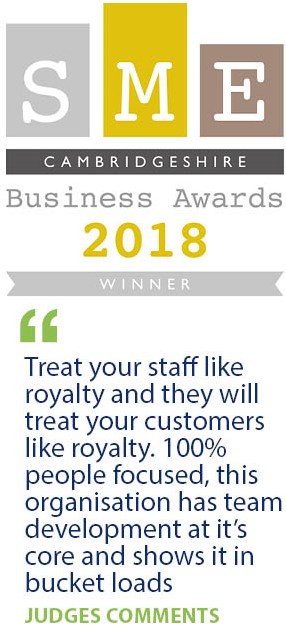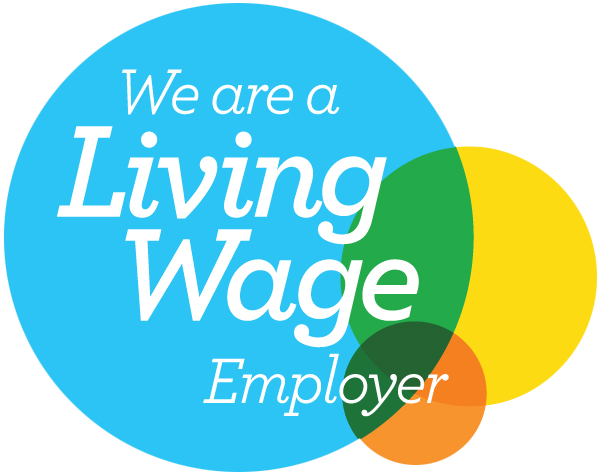
Making any major business decision needs to take a raft of different factors into account. It’s not just a case of setting a goal and working towards it – you need to take into account market fluctuations, your workforce, your competition, environmental and situational factors – any external factors that are going to have an internal impact on your organisation.
A PESTLE analysis is often adopted in this scenario to give decision-makers essential data to help guide and influence those decisions.
The PESTLE analysis looks in-depth at the following areas – political, economic, sociological, technological, legal, and environmental. It is important that the analysis is carried out by several different people to ensure a wide spectrum of perspectives and an overall more subjective approach.
Equally, each area can have input from different disciplines depending on the decisions your organisation is facing. For example, if you are looking at major organisational restructuring, a PESTLE analysis for human resource planning can be carried out as a separate entity, with questions asked relevant to the information you are seeking.
Used alongside other business assessment tools, such as a SWOT analysis, competitor analysis, and other scenario planning tools, information gathered needs to be analysed and assessed in terms of its effect on your organisation and the options identified to address those issues. All analyses are there for information and discussion only. All stakeholders and decision-makers need to reach conclusions based on the information and then decide what final actions are to be implemented.
A clearer and more detailed understanding of the way in which external factors affect your business now and, in the long-term, will play a significant role in your long-term strategic planning in many different areas of the business.
Understanding external movements and trends, policy changes, minimum wage implications, education, and immigration policies – all will have an impact on planning for skills gaps, internal HR recruitment strategies, and payroll.
Knowledge of impending environmental and sociological factors will have a major impact on the marketing direction of your business.
Taking into account business direction, brand positioning, growth targets, and operational issues, alongside skills shortages and workforce capacity.
It may be worth looking at a couple of elements of a simple PESTLE analysis carried out by a large electronics manufacturing company that manufactures extensively in China to have a further understanding of how PESTLE can work.
POLITICAL FACTOR: China is the main manufacturing hub. There are significant political risks to manufacturing in China that may impact production.
ECONOMIC FACTOR: Exchange rates and labour rates may affect outgoings and have an impact on overall pricing and profitability.
SOCIAL FACTOR: growing awareness of labour exploitation issues affects brand perceptions.
TECHNOLOGICAL FACTOR: technological advances have given rise to cheaper substitutes.
LEGAL FACTOR: at risk of political system changing legislation to restrict movement of goods or investments, and local employment policies.
ENVIRONMENTAL FACTOR: disposal of lithium batteries is a growing environmental concern impacting green credentials.
These are stripped-back examples, but provide the basis for the company to plan ahead in terms of creating other manufacturing centres in other countries, allowing for exchange rate fluctuations and future HR resource planning.
The beauty of the PESTLE analysis is its simplicity, but that simplicity can also be its downfall. Finding the right balance of data collected is crucial. Too little, and you run the risk of oversimplifying situations and not understanding their true impact on your organisation. Too much data could lead to paranoia and a ‘paralysis by analysis’.
Equally, external influences can change on a pinhead (think Covid), or they can take literally decades to come to fruition. The skill comes in knowing where to go for the information (Google is not recommended), and the type of information to collect.
Working with an independent consultant can effectively introduce a sense of objectivity to the collection of data and its subsequent analysis. There may be a degree of unconscious bias introduced by those working within the company who have been assigned a role within the PESTLE analysis. Possibly they prefer to see things in a certain way, or the data is interpreted in one way when it can also be interpreted in a second way. This is not uncommon and is simply something to be aware of so that it can be mitigated.
A third party will always maintain an open, objective mindset to ensure that the PESTLE analysis is accurate and reflects the true situation. Contact Paydata if you would like to discuss the application of a PESTLE analysis to your organisation.
Sign up for briefings on pay benchmarking, salary surveys, reward strategy and statistical updates.
sign up for updates
© Paydata Ltd 2025 All rights reserved.
Registered in England no: 3632206
VAT no: 728 0808 28
Paydata Ltd, 24 Commerce Road, Lynch Wood, Peterborough, Cambridgeshire, PE2 6LR

